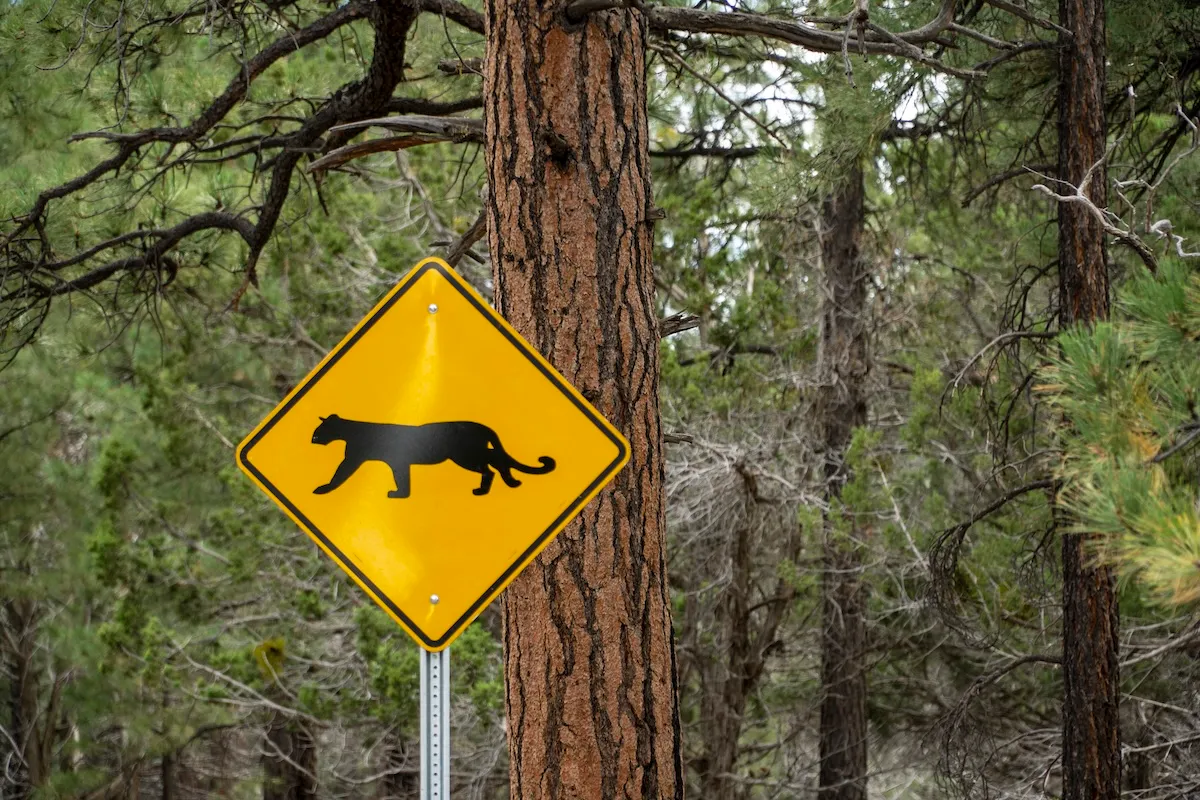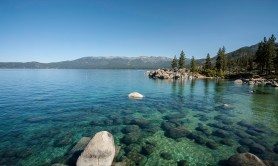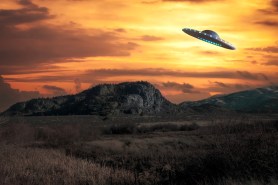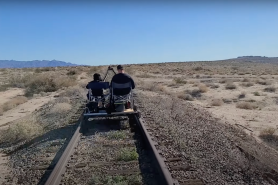

Living in northwestern South Carolina, I’m pretty fortunate to live near several beautiful state parks that will take you deep into the mountains. There is even a national park in the middle of the state.
Videos by Outdoors
Congaree National Park is a small but beautiful national park located outside of Columbia, South Carolina. Though it is a relatively small national park (a mere 26,000 acres of federally protected land), it is an excellent park for water sports like boating or taking a leisurely hike along the boardwalk.
Despite its small size, Congaree National Park makes an excellent day trip. The park might not have some of the show-stopping views of other parks like Yosemite or Bryce Canyon, but it has its own wonders to take in, not to mention a rich and interesting history.
Early History
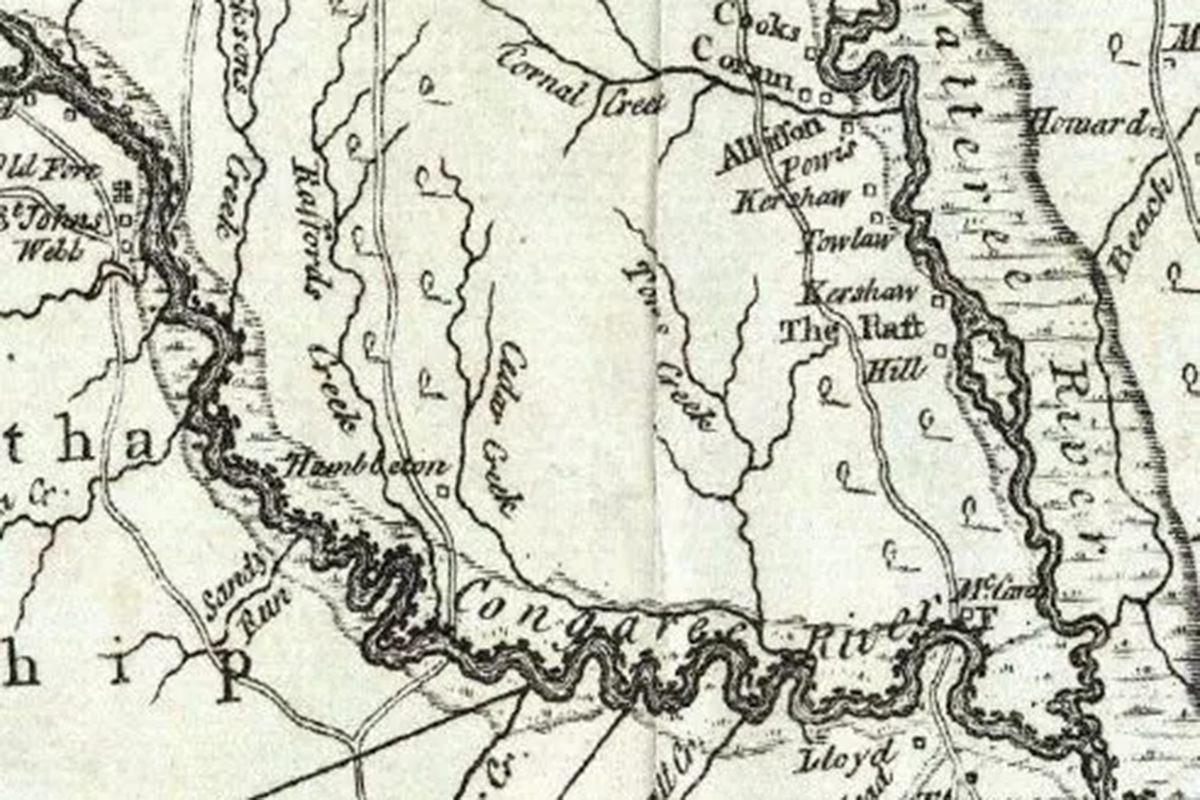
South Carolina—like all of the United States—was home to indigenous people before Europeans colonized the regions that many of these groups lived in. The earliest people to live in what we now know as Congaree National Park were the Congaree people. Both the national park and the Congaree River were named after the indigenous group that lived in the area. Unfortunately, very little is very known about the Congaree people, due to colonization.
The Congaree tribes lived in the region during the 17th and 18th centuries. When European settlers arrived in the area around the mid-1700s, they brought diseases with them that the natives weren’t used to, leading to their deaths. Spanish colonizers were in the area briefly too.
Farmers started settling in the region and making changes to the area, building plantations, roads, and settlements.
A Refuge for Enslaved People
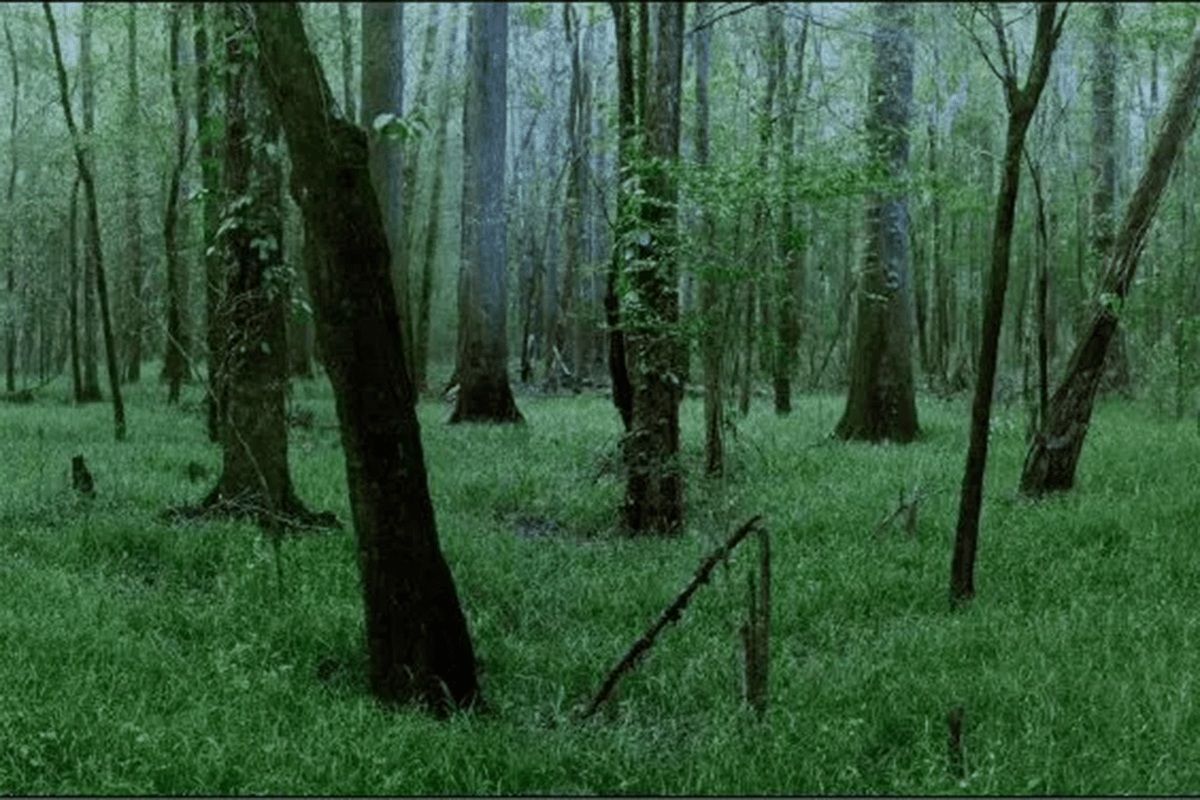
South Carolina was the first state to secede from the United States and the last to surrender during the Civil War. Congaree National Park became home to enslaved people during this dark period in United States history. Of course, many enslaved individuals traveled to the North for freedom and safety from the abuses they faced, but it was incredibly risky to do so.
Because of this, there were enslaved people who chose to hide out in Congaree National Park, rather than take the risks of trying to make it north without being caught. Living in Congaree wasn’t without its difficulties, though.
The enslaved people who settled in Congaree became known as the Maroons. Living in the swamp land was tough. Besides hiding from slave catchers, those who escaped to live in the swamp were frequently susceptible to unpredictable weather conditions.
Maroons were forced to live a difficult life, sometimes even for years. Though this situation wasn’t ideal, living in the marshlands of Congaree allowed individuals to stay close to family and gave them easy access to supplies.
Living in the swamp also allowed formerly enslaved people to have control over their lives and fate. After emancipation, African Americans used the floodplains for fishing and logging. They even used Cedar Creek for baptism ceremonies.
The Road to National Park Status
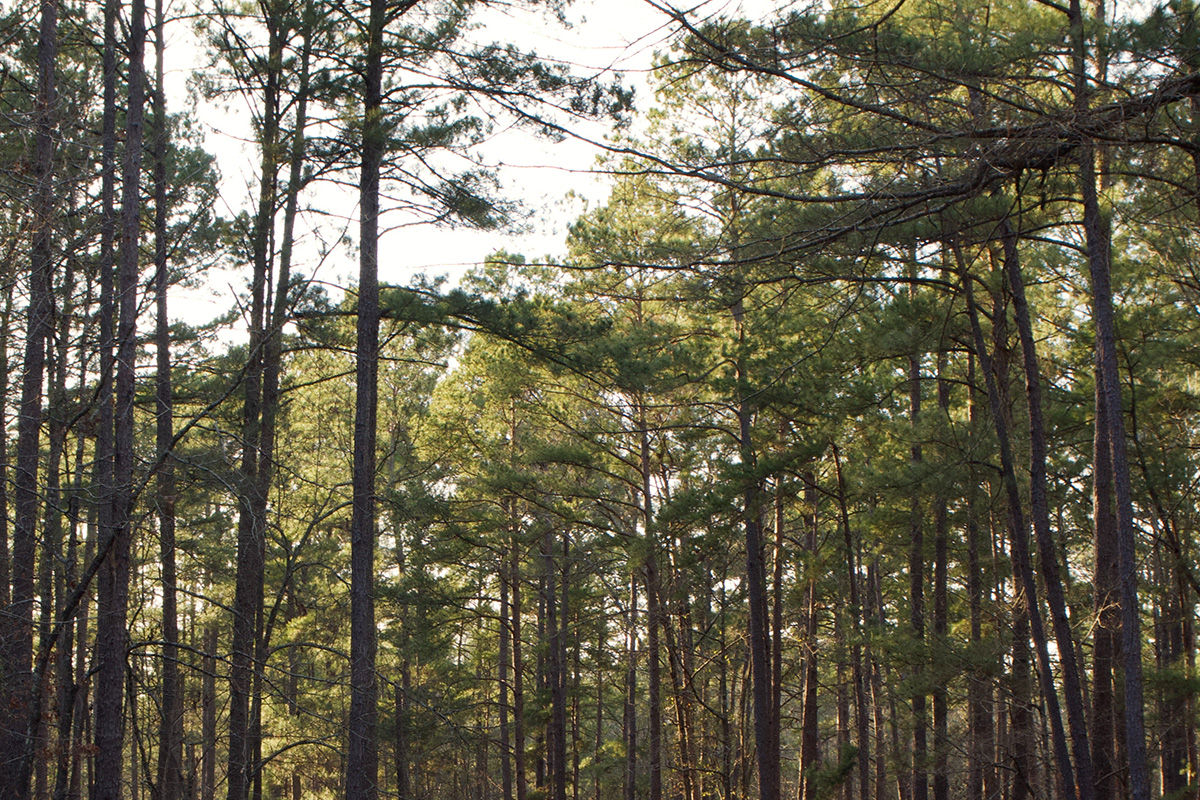
In the early 1900s, the logging industry took hold and lost its grip on Congaree Swamp and the surrounding area. By the end of the 1960s, logging was gaining in popularity again, and because of that, there was a push to protect the lands of the Congaree Swamp.
In 1974, it was decided that Congaree Swamp would become a national monument, and in 1976, it was designated Congaree Swamp National Monument by the United States Congress. From there, it became recognized as an International Biosphere Reserve in 1983.
Congaree’s history stagnated a bit until 2001, when it was designated a Globally Important Bird Area. During that same year, the Harry Hampton Visitor Center was completed and dedicated in time for the 25th anniversary of Congaree Swamp. Congaree finally became a U.S. National Park in 2003.

